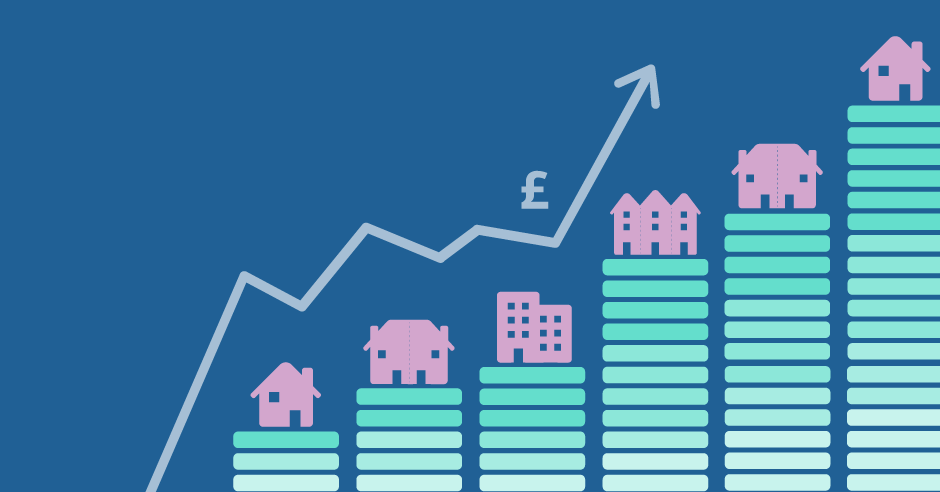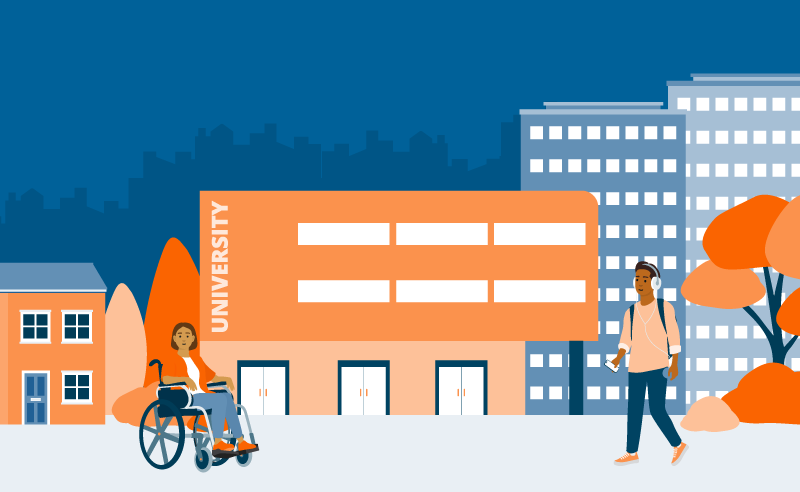1. How do our economy and cost of living statistics benefit you?

At the Office for National Statistics (ONS), we produce official statistics that help us to understand the UK’s economy, society and population. This includes statistics about:
how businesses are performing
the rate of inflation
how much people earn
different types of pensions and investments
These statistics help to inform government policies. Companies can use them to decide where to open new premises. The most up-to-date information about the economy and the prices of products and services can also help businesses run more efficiently.
Back to table of contents2. How do our economy and cost of living statistics make a difference?

Exploring how people decide whether to buy a house or join a pension
Having a private pension and owning your own home are some of the most important forms of wealth. But deciding how to get them, and when, can be difficult.
In 2020, researchers used the Annual Survey of Hours and Earnings (ASHE) to examine whether people make a trade-off between saving for or spending on housing and saving in a private pension. The ASHE is the most comprehensive source of information on the structure and distribution of earnings in the UK.
The research found that before the introduction of people automatically joining a pension, people of all ages who rent were less likely to save in a private pension than those with a mortgage.
This highlights an opportunity for government and the financial services industry to encourage people to save more in preparation for retirement.
Alex Beer, Welfare Programme Head at the Nuffield Foundation said, “This important analysis demonstrates how people’s ability to save can change as they age, as their earnings grow, and as their family circumstances change. Policies to optimise pensions saving might therefore consider when and how to capitalise on opportunities to change the rate at which people save.”

Examining employment trends outside cities and towns
Producing statistics about local areas helps us understand the issues affecting communities.
A 2023 research project used data from the Business Register and Employment Survey (BRES). It found that employment in England and Wales grew by 20% in out-of-town locations from 2009 to 2021.
On average, towns have had lower employment growth rates than both cities and out-of-town locations since 2009.
This research will help to inform central and local government policy, on topics such as the future of high streets, and changing work and travel patterns.

Understanding the relationship between students’ subjects and where they work
In 2021, the Royal Society commissioned the Education Policy Institute (EPI) to investigate the relationship between the subjects studied by 16- to 19-year-olds and where they went on to work.
Their research project linked data from multiple government departments through our Secure Research Service. It found that those who studied a variety of subjects went on to earn £2,500 more in their mid-twenties than those with qualifications from only one subject group.
As a result, the project has informed researchers’ thinking around the options for 16- to 19-year-olds.
David Robinson from the EPI said, “Our study finds that there are career benefits for those students taking a broader range of subjects, which could help them navigate the future labour market.”
You can explore examples of administrative data research using statistics from the ONS on the ADR UK website.
Back to table of contents3. Find out more about economy and cost of living statistics from the ONS



